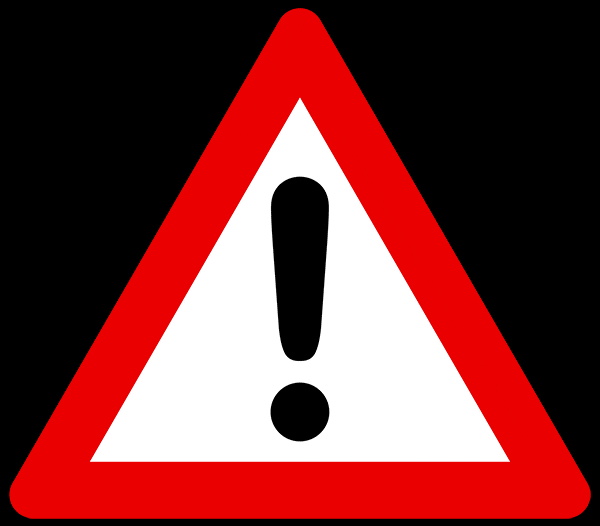Text
Caution! Be careful what you believe!
Before you go off and try anything, check your sources! The emergence of medical marijuana in the treatment of psychological disorders is new and with its novelty comes a period of uncertainty. Right now information is limited and hard to navigate. Articles with catchy titles on seemingly trustworthy sources can be misleading and oftentimes they exaggerate or misinterpret the truth. Take everything with a grain of salt! The scientists are still figuring it out!
0 notes
Text
What is marijuana? How does it work?
Shrouded in its history of controversy marijuana is commonly thought of as the “gateway drug”, or a drug surrounded by the idea that taking it will lead to more frequent and more serious drug use. However this is frequently not the case! Marijuana has a low to moderate addictive potential meaning its attributed likelihood of developing a use disorder regardless of the individual is quite low in comparison to many other drugs. Withdrawal symptoms are often minimal except for some cases where one can experience increased pain. There is a growing amount of evidence in heavy marijuana users that use may lead to dependency and withdrawal.
Marijuana is the term used to refer to the dried derivatives of the plant Cannabis sativa and is often smoked or taken orally. Its main active component is the cannabinoid Δ9-tetrahydro-cannabinol, commonly referred to as THC. Cannabinoids are any chemical substance that can bind to cannabinoid receptors. These chemicals can come from both Cannabis sativa and your body! Your body naturally makes certain types of cannabinoids that have important roles in the normal function of your brain. These natural cannabinoids function to regulate the activity of your other brain cells, or neurons. So when they are out of wack your neurons' communication with each other can get messed up causing your body to not function properly. Because of its similar structure to our body’s housemade cannabinoids THC acts as an agonist meaning it can bind to your body’s natural receptors and induce effects such as alterations in your sensory perception, increased appetite, lightheadedness, and paranoia to name a few! Just as how every person is different, everyone’s experience with marijuana will also be different. However people tend to fall into one of two main categories of side effects: anxiety/paranoia or calming.
0 notes
Text
A more in depth list of side effects/symptoms
Individual side effects of marijuana can be variable however here is a general list!
Biological/Physical effects: pain relief, drowsiness for some, increased hunger, nausea, increased heart rate, fatigue, dry mouth
Cognitive/Emotional effects: calm/relaxation, mental fog, anxiety/paranoia, distortion of time, disorientation
Withdrawal symptoms: reduced appetite, sleep disturbances, depressed mood, cravings, increased aggressiveness and/or irritability

0 notes
Text
Research Report: Marijuana + Depression and Anxiety
Because of the conflicting research coming to light, here I’m going to briefly break down a recent publication to give you an idea of how research is being performed at the beginning of the assessment of marijuana’s true impact on psychiatric disorders! Much of research is survey based and therefore more research must be done before coming to definitive conclusions on the role of marijuana in depression and anxiety.
In their 2021 study Martin et al. 538 participants filled out an initial survey in which they reported having an anxiety and/or depressive disorder. This initial survey assessed symptoms of anxiety and depression, cannabis use, quality of life, sleep, and chronic pain. Of the total participants, 368 reported that they use medical cannabis products. Following this survey, if participants wished to continue participating they were sent follow up surveys every three months, to reassess the answers they reported in the initial survey. The length of time that participants continued to complete the surveys varied but on average participants completed follow up assessments for 14 months following the initial survey. From the reported data, statistical analysis was performed to examine the effect of cannabis use on the symptoms of anxiety and depression. The initial survey showed that cannabis use was associated with a lower level of reported depression but not anxiety. Surveys on average showed a higher quality of life, better sleep, and less pain. Some of the participants who did not report cannabis use in their initial survey, started using cannabis during the follow up survey period. In comparison to participants who did not use cannabis, those who did start using it reported a significant decrease in the symptoms of anxiety and depression. From these results we can conclude that there is potential that cannabis use could possibly reduce the symptoms of those with an anxiety and/or depressive disorder.
Martin, E. L., Strickland, J. C., Schlienz, N. J., Munson, J., Jackson, H., Bonn-Miller, M. O., & Vandrey, R. (2021). Antidepressant and Anxiolytic Effects of Medicinal Cannabis Use in an Observational Trial. Frontiers in psychiatry, 12, 729800. https://doi.org/10.3389/fpsyt.2021.729800
Overall takeaway: Though there is potential in using marijuana to alleviate the symptoms of anxiety and depression, however, a lot more research has to be done on many areas such as effective dosage, potential worsening of mental disorder symptoms, etc before any definitive conclusions and judgements can be made!
1 note
·
View note



